Trans-Pennine rail in the age of Victoria
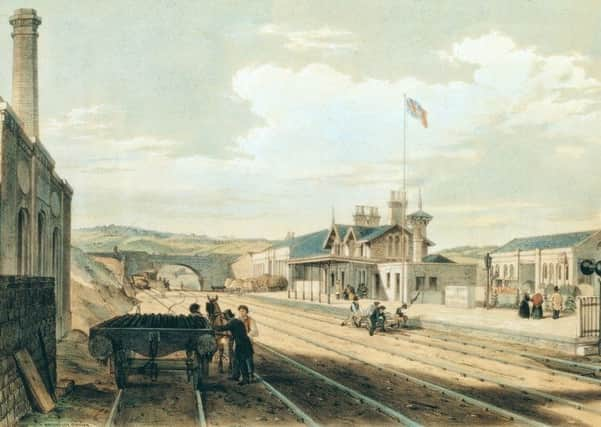

Promoted by the Manchester & Leeds Railway (M&LR) the route meandered through the Pennines and in time made a vital connection between the cities.
A plan to connect the two cities via, it was hoped, Todmorden, Halifax, Bradford and Huddersfield, was first mooted in 1825 by local businessmen. This was probably encouraged by the Stockton & Darlington Railway.
Advertisement
Hide AdAdvertisement
Hide AdBut owing to the fluctuating national economy, the Manchester-Leeds idea was postponed. In the meantime, the Liverpool & Manchester Railway, incorporated on May 5, 1826, ran passenger services from September 15, 1830.
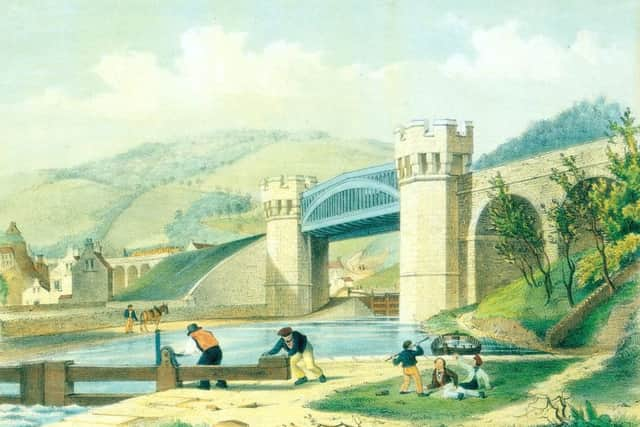

In October 1830, with perceived economic stability, the Manchester-Leeds line received fresh impetus. Share values were set for raising the necessary cash and George Stephenson and James Walker were employed to produce drawings for the planned route. Both men surveyed the line independently and came up with different ideas.
A Bill was presented in March 1831 with stiff opposition from canal companies, and failed owing to Parliament being dissolved during the following month. The M&LR submitted a second proposal in June 1831 with some alterations to the route, but it was also rejected.
A third attempt achieved success on June 21 1836 in spite of violent opposition in the Commons.
Advertisement
Hide AdAdvertisement
Hide AdForbidden, however, was a line from Normanton to Leeds because of the construction of a link between the two points by the North Midland Railway. The proposed Manchester and Leeds route was subsequently re-surveyed by Stephenson and Thomas L. Gooch. Powers to vary the line were granted in May 1837.
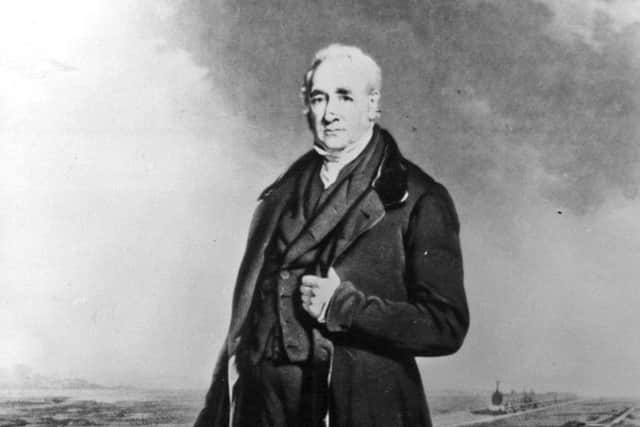

Contractor Tredwell & Gerrard won the tender for the first section of the line in Manchester, stretching over two miles, after submitting a price of £31,600. Work started on August 18 1837.
Six contracts were awarded between the Manchester terminus and the Summit Tunnel and were progressing satisfactorily by August 1838. Tenders for work on the eastern section were advertised in 1838 and brought further disputes between landowners wanting to extract as much compensation as they could. Contractors then worked fastidiously under the threat of heavy penalties should they over-run the set time limits. They were also forbidden to work on Sundays.
In May 1839 one man was killed and four others injured during excavation for Winterbut Lee Tunnel.
Advertisement
Hide AdAdvertisement
Hide AdOne of the outstanding features of the line was a magnificent skew bridge spanning the Rochdale Canal at Gauxholme, west of Todmorden. It comprises a pair of bowed ribs with vertical hangars above in an ornamental Gothic arcade. The abutments are semi-octagonal castellated turrets.
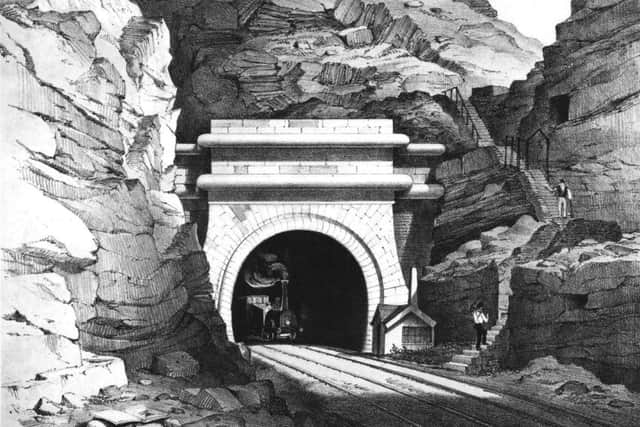

Another outstanding engineering feature is the Summit Tunnel, stretching between Littleborough (Lancashire) and Walsden, Todmorden (Yorkshire), for just over 1.6 miles. It was built to carry two standard gauge tracks in a single horse-shoe shaped tube, about. 7.2 (23.6 feet) wide and 6.6 (21.6 feet) high. Mined by hand through shale, coal and sandstone, the tunnel was then lined with six courses of bricks.
The final portion of the route extended between Wakefield and Goose Hill Junction, Normanton, and this included diverting the River Calder, building a high embankment over a flood plain.
The first journey along the new line started from the temporary station, St George’s Fields, Manchester, to the Summit Tunnel entrance on May 31 1839.
Advertisement
Hide AdAdvertisement
Hide AdIn the three carriages were company shareholders and their friends. Incredibly, a horse pulled the carriages because a company locomotive was not available.
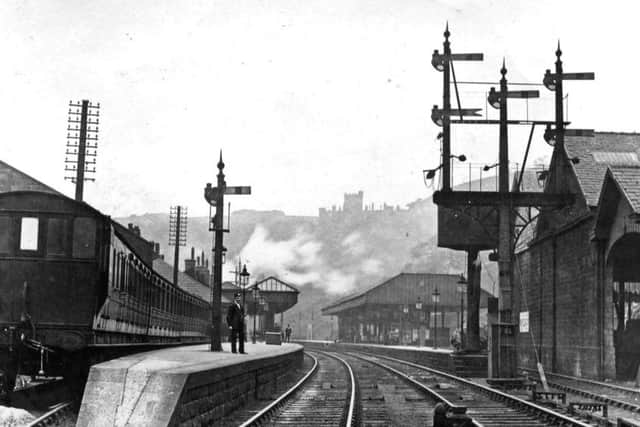

A pause was made some 41 miles from the Summit and the party detrained, walked for a quarter mile then climbed aboard another set of carriages hauled by a locomotive.
The event was followed by a grand opening of the line between Manchester and the Summit Tunnel on July 3 1839 and it was available for public use the following day.
On the line’s eastern side, a experimental trip was made on the 16 mile section from Hebden Bridge to Bradley Wood, near Wakefield, during August 1840. Ten carriages were drawn by eight horses and another section west of Normanton to Hebden Bridge opened on October 5 1840.
Advertisement
Hide AdAdvertisement
Hide AdOn Monday March 1 1841 the line was opened the full distance from Leeds to Manchester.
A set of lithographic views of the line by Arthur Fitzwilliam Tait was published in 1845. An in-depth history of the line is provided by Jeffrey Wells in The Story of the Manchester and Leeds Main Line published by the Railway & Canal Historical Society in 2000. Website: www.rchs.org.uk